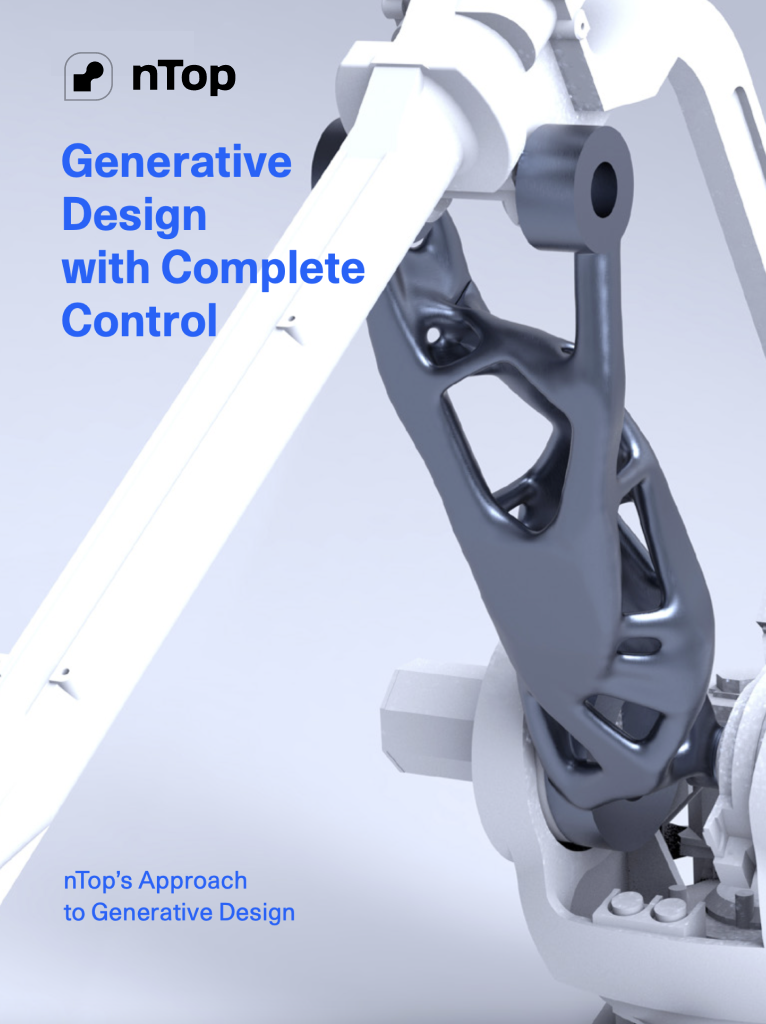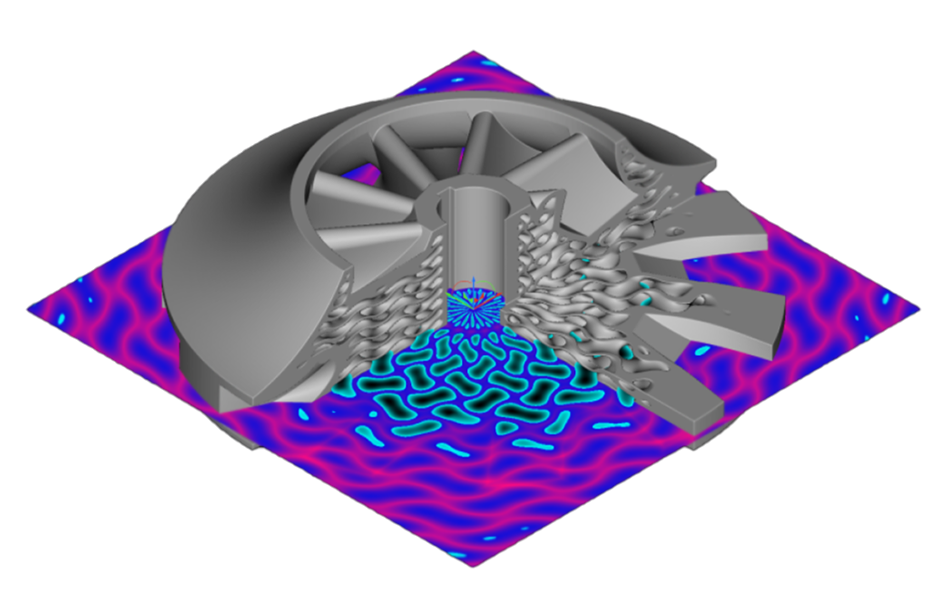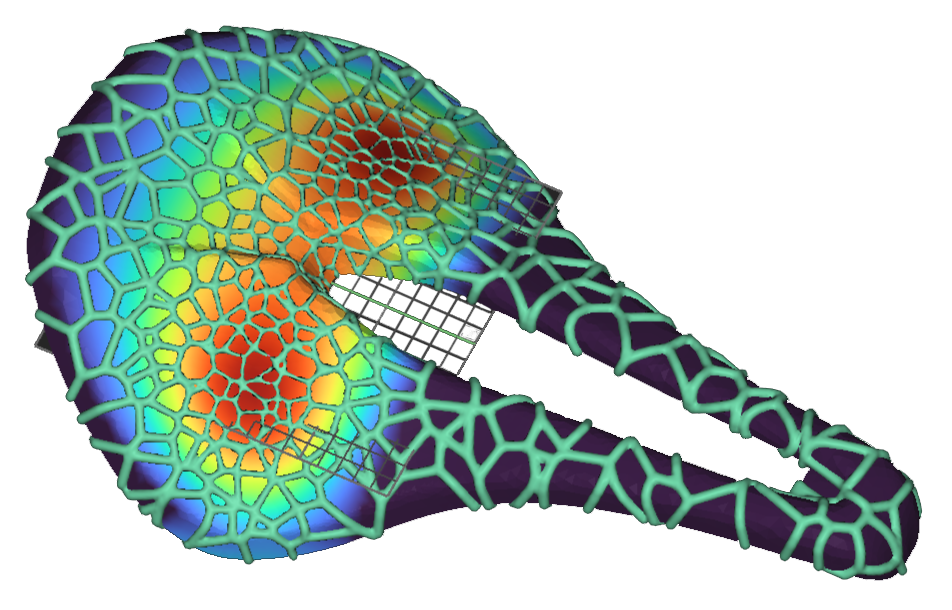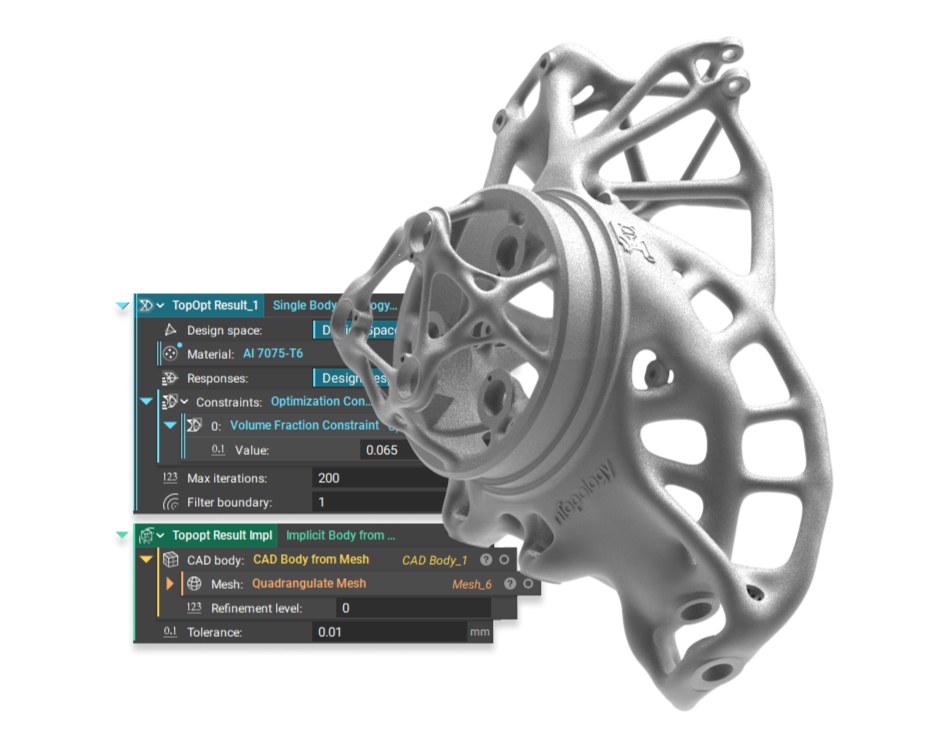The Engineering Guide to Generative Design
Generative design is a broad and holistic design methodology with three key components: geometry generation, design analysis, and design automation.
Fill out the form to download nTop's Engineering Guide to Generative Design. In this 20+ page guide, we explain how you can use nTop’s unbreakable geometry, reusable workflows, and field-driven design capabilities to design revolutionary products.
The guide also includes 12 practical application examples from the aerospace, automotive, medical, and consumer products industries.
Download the Engineering Guide to Generative Design

What's included in the guide?
This free generative design guide will help you develop a comprehensive understanding of the following:
- The importance and relevance of generative design today
- Generative design by the numbers
- Generative design methods
- Basic and advanced generative design techniques
- Generative design benefits
- How to use nTop for generative design
Is your software ready for additive manufacturing?
You can only reap the benefits of additive manufacturing for thermal management if you have the right engineering design tools.


